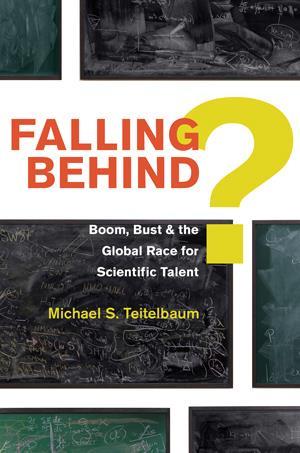Michael S Teitelbaum
2014 | 272pp | £19.95
ISBN: 9781400850143

In this book, Michael Teitelbaum indicates the following three core findings:
- the alarms about widespread shortages or shortfalls in the number of US scientists and engineers are quite inconsistent with nearly all available evidence
- similar claims of the past were politically successful but resulted in a series of booms and busts that harmed US science and engineering enterprise and made careers in these fields increasingly unattractive
- clear signs of malaise in the US science and engineering workforce are structural in origin and cannot be cured simply by providing additional funding. To the contrary, recent efforts of this kind have proved to be destabilising, and advocates should be careful what they wish for.
His recommendations for action including identifying sensible ways to moderate future booms and busts in research funding; leveling the playing field of incentives and reducing destabilising feedback; and creating a mechanism to provide objective assessments of career trends and claims of ‘shortages’.
The book provides an interesting history of US science and engineering workforce studies and actions, and sensible recommendations and principles given the ever-changing workforce.
However, it also suffers from a lack of quantitative data, a perspective that is too broad-brushed and pigeonholes science and engineering degree holders into traditional occupations. A better perspective is taking the view that science, technology, engineering and mathematics degrees are today’s ‘liberal arts’ degrees – providing the ability to move among different occupations as personal goals and employer needs change. This is also true of many of the studies Teitelbaum cites.
Readers should consider looking at the quantitative, nuanced data available including a Congressional Research Service 2014 report: The US Science and Engineering Workforce: Recent, Current, and Projected Employment, Wages, and Unemployment and Georgetown University’s Center for Education and Workforce. All of these data show that the science and engineering workforce is doing just fine compared to the workforce as a whole when looking at key factors such as unemployment rate.
What is needed more than the recommendations Teitelbaum makes is better and more nuanced information and guidance for students before and during their education, as well as throughout their career so they can make informed decisions. In the end, do we really want less people trained in science and engineering considering all the economic and societal challenges we face? I think not. We just need to make sure we don’t make false promises.
Purchase Falling behind: boom, bust & the global race for scientific talent from Amazon.co.uk












No comments yet